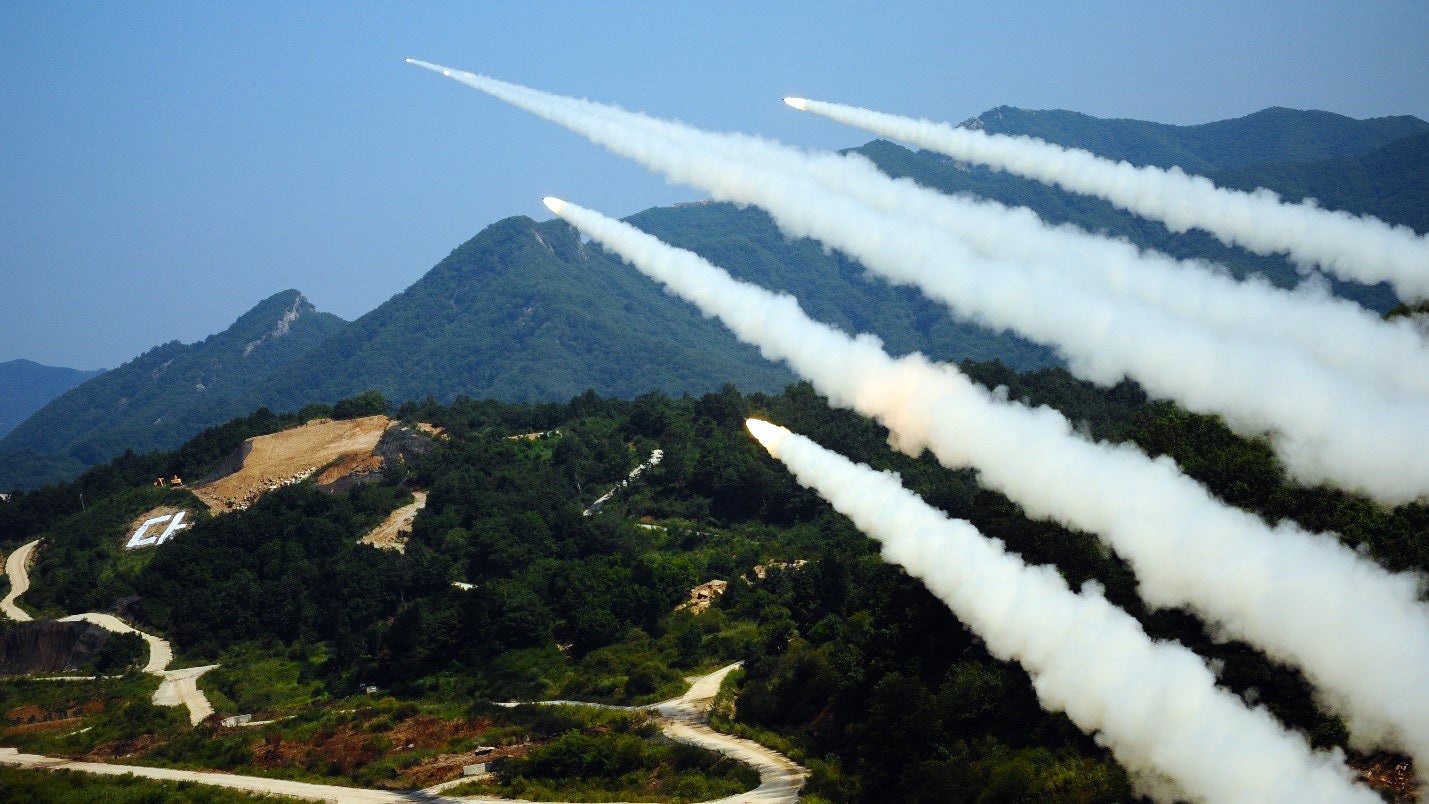Air and Missile Threats at World War II Levels
Air and Missile Threats at World War II Levels

With the largest employment of offensive weapons since World War II underway in the Russian assault on Ukraine, and with North Korea ramping up its missile program, the Army’s senior space and missile defense officer told Congress that there is no doubt about the importance of his command.
“In my 36 years as an air defender, I have never seen adversary threat activity—whether that be test or operational use—as great as I see it today,” said Lt. Gen. Daniel Karbler, Army Space and Missile Defense Command’s commanding general.
“Adversary actions in the space domain are equally as aggressive as they continue to challenge us,” he said April 18 in testimony before the House Armed Services Committee’s strategic forces panel.
Missiles, rockets, artillery and mortars are also being used in the Central Command area of operations against U.S. forces and their partners, said Karbler, who will retire this year.
“We must strengthen our capabilities to deny our adversaries the benefit of their aggression,” he said, as he called for continued investment in air and missile defense capabilities.
The Army has been reducing Central Command deployments for air and missile defense forces “so we weren’t putting air defense soldiers through the grinder,” Karbler said. This appears to have created a more stable force of experienced soldiers who are willing to remain in the Army.
“That helps readiness, because those crews that have been training together for months and months now stay together for two or three years,” Karbler said. It also has helped that six-month rotations that were frequently extended to nine or 12 months have stabilized, giving “predictability back to soldiers and their families,” he said.
Karbler’s organization has its headquarters at Redstone Arsenal, Alabama, but it also has about 2,600 military and civilian staff operating in 19 locations spread over 13 time zones.

